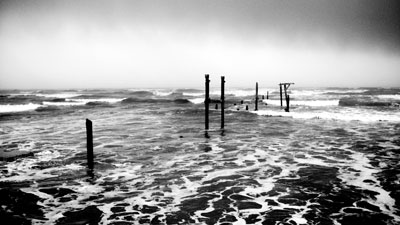All Nonfiction
- Bullying
- Books
- Academic
- Author Interviews
- Celebrity interviews
- College Articles
- College Essays
- Educator of the Year
- Heroes
- Interviews
- Memoir
- Personal Experience
- Sports
- Travel & Culture
All Opinions
- Bullying
- Current Events / Politics
- Discrimination
- Drugs / Alcohol / Smoking
- Entertainment / Celebrities
- Environment
- Love / Relationships
- Movies / Music / TV
- Pop Culture / Trends
- School / College
- Social Issues / Civics
- Spirituality / Religion
- Sports / Hobbies
All Hot Topics
- Bullying
- Community Service
- Environment
- Health
- Letters to the Editor
- Pride & Prejudice
- What Matters
- Back
Summer Guide
- Program Links
- Program Reviews
- Back
College Guide
- College Links
- College Reviews
- College Essays
- College Articles
- Back
The Truth Behind the Tale...
About 39 years ago it all began; the “sport” of capturing young orcas and separating them from their closely-knit pods, only to bring them into a world solely humans are capable of creating: aquariums. Few know of the harmful dangers that, after years of enduring the same suffering, can affect both the physical and mental body of the captive orca. To say that orcas are mistreated and abused in captivity is a gross understatement. For years these regal, majestic creatures have been held in confinement. This situation is now a rising problem in our society and the real question arises: Should orcas continue to be bred in captivity and trained for “what opponents call entertainment and marine parks call education” (Smart, Social and Erratic in Captivity by James Gorman; New York Times), or should the breeding end and the captive orcas released into large ocean pens to live out the rest of their lives?
Tilikum: the massive whale that has made history and broken records with the murders of three humans, two of them being trainers. The true gravity of this event never truly sunk in until the tragic incident of Dawn Brancheau. The attack appeared on news channels nationwide as many debated, and still do today, Tilikum’s true motive behind Dawn’s death. Several studies have been done, as many argue between whether it was a malicious murder or rather an act of playfulness gone too far.
Tilikum’s attack was and still is a strong example of the effect captivity has on the mind of an orca. Less than 1% of orcas in the wild have a collapsed dorsal fin; these cases are due to illness or injury. However, every single adult male orca in captivity and to ever have been in captivity, along with some females, has experienced dorsal fin collapse. Dorsal fin collapse in captivity is caused by captivity-related health issues, along with the tight enclosures that orcas are put in. In captivity orcas become unhealthy and even sickly, especially when it comes to oral health, despite the several antibiotics and procedures used on the orcas.
I believe that the breeding of orcas in captivity should end, and the adult whales too sickly and ill to return to the wild should be released into large ocean pens to live out the rest of their lives in the rhythms of the ocean. The orcas that are young and strong enough to go back to the wild, should be released. This conflict is being debated by many, and this multi-billion dollar industry continues to stand strong in its actions. It is time to spread the word, and it all starts out with small steps like these.
Sources:
http://www.nytimes.com/2013/07/30/science/smart-social-and-captive.html?action=click&module=Search®ion=searchResults%230&version=&url=http%3A%2F%2Fquery.nytimes.com%2Fsearch%2Fsitesearch%2F%3Faction%3Dclick%26region%3DMasthead%26pgtype%3DHomepage%26module%3DSearchSubmit%26contentCollection%3DHomepage%26t%3Dqry310%23%2Forcas+in+captivity&_r=0
http://theorcaproject.wordpress.com/2010/09/25/the-hidden-cost-of-captivity-oral-health-of-killer-whales-exposed/

Similar Articles
JOIN THE DISCUSSION
This article has 0 comments.
